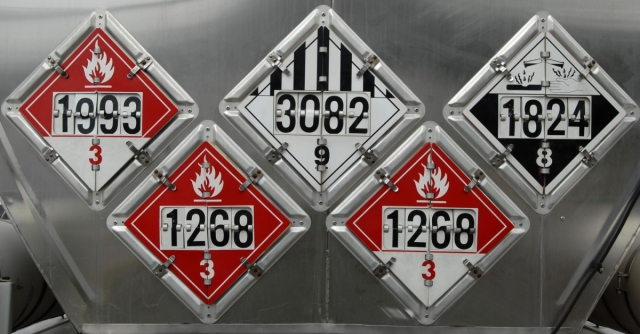Transporting hazardous materials requires stringent safety measures to prevent accidents and ensure the protection of both people and the environment. Here are four essential safety tips to follow when transporting hazardous materials, each designed to help you navigate the complexities and risks associated with this critical task.
Understand Regulations and Compliance
Knowing and adhering to regulations is crucial when transporting hazardous materials. Different countries and regions have specific rules that you must follow. Familiarize yourself with the relevant laws and guidelines, such as those set by the Department of Transportation (DOT) in the United States or the European Agreement concerning the International Carriage of Dangerous Goods by Road (ADR). Compliance with these regulations ensures legal transport and minimizes the risk of incidents during transportation.
Proper Packaging and Labeling
Proper packaging and labeling are fundamental to safely transporting hazardous materials. Use containers designed to handle the specific type of material you’re transporting. Ensure all containers are securely sealed and free from leaks. Accurate labeling is equally important; labels should clearly indicate the type of hazard, including flammability, toxicity, or corrosiveness. This helps in the quick identification and appropriate handling of materials during transport and in case of emergencies.
Training and Preparedness
Training your team on the safe handling and transportation of hazardous materials is essential. Regular training sessions should cover the correct procedures for packaging, loading, and unloading, as well as emergency response actions. Preparedness also involves having the right equipment on hand, such as spill kits, fire extinguishers, and personal protective equipment (PPE). Ensuring that everyone involved is knowledgeable and ready to respond to any situation can significantly reduce the risk of accidents.
Use of IBC Tank Rentals
When transporting hazardous liquids, using intermediate bulk containers (IBCs) is an effective and safe option. IBC tanks can handle a wide range of hazardous materials and offer robust construction to prevent leaks and spills. Renting IBC tanks can be particularly advantageous, as it allows access to high-quality containers without the need for a large initial investment. IBC tank rental services often provide maintenance and compliance support, ensuring that the tanks meet all safety standards.
Now that you know these safety tips for transporting hazardous materials, you can better protect your team, the public, and the environment. These are all crucial steps in ensuring safe and compliant transportation.






